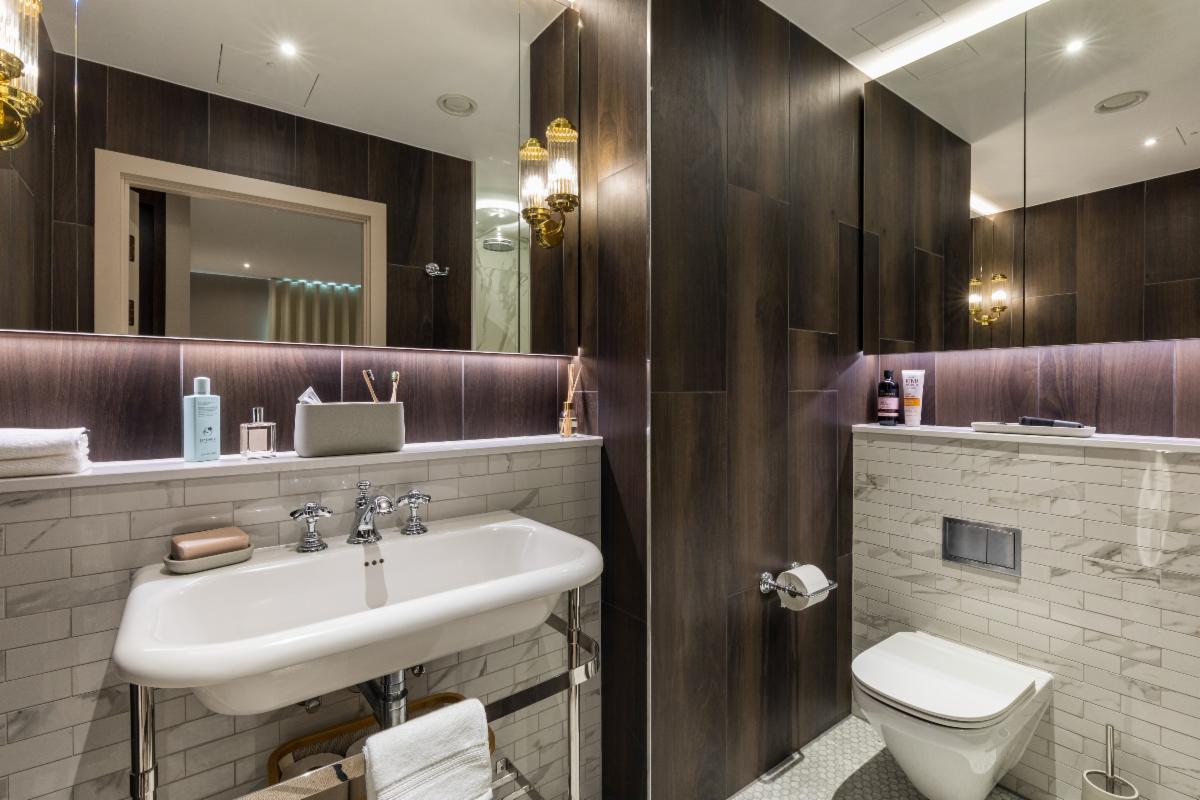Innovative tech supports sustainable renting at Quintain Living

Saving on utilities consumption is more important than ever, with individuals and businesses all needing to play their part. At Quintain Living – the award-winning management company overseeing the rental of more than 3,250 apartments in Wembley Park – this has been a priority for some time now. In fact, a Project Manager for the company has built a data reporting tool that is so innovative for the housing industry that it was shortlisted for a 2022 EG Tech Award. The technology is supporting residents to live more sustainably by reducing their use of natural resources such as electricity and water.
The Quintain Living tool measures the utilities consumption of every apartment in the company’s Wembley Park portfolio. It automatically reads meters every 15 minutes and sets this data against the unique context of each home, factoring in its size, number of occupants and orientation (to take account of the impact of sunlight and therefore warmth and light, for instance). The tool then delivers a daily report to Quintain Living’s operational team, highlighting any abnormalities and areas for concern. The system can identify issues such as a light left on in a vacant home or excess water consumption that could indicate a leak. The Quintain Living team can then connect with residents to address any issues and get any maintenance tasks sorted.
“We are committed to optimising the consumption of resources in the homes that we manage. Using this pioneering tool, we have proven to reduce the consumption of electricity, hot and cold water and heating across our portfolio. This has had a meaningful impact on unnecessary use of resources, with the added benefit of reducing costs.”
Danielle Bayless, Chief Operating Officer, Quintain Living
So far, the innovative data tool has been incredibly helpful for the on-site Quintain Living maintenance team, highlighting things like toilet cisterns continually flushing. It often spots maintenance problems before residents are aware of them or before they report them to the Quintain Living team, meaning swift corrective action can be taken. It even raised issues for the Quintain Living Resident Team to address in their onboarding process for new renters, like residents not knowing that they can schedule their heating to be set to a lower temperature when they’re away from home.
Since implementing the technology, Quintain Living has seen a measurable reduction in vacant and occupied utility consumption across the portfolio and for residents looking to live more sustainably, and save money, it’s the perfect solution.
The data tool has wider implications too. As well as supporting a reduction in resource consumption in built and managed apartments, the tool is being examined in terms of the data it affords the construction phase of future developments at Wembley Park. The hope is that the tool can support Quintain and other developers to build homes that stand the test of time whilst minimising their impact on the environment.






